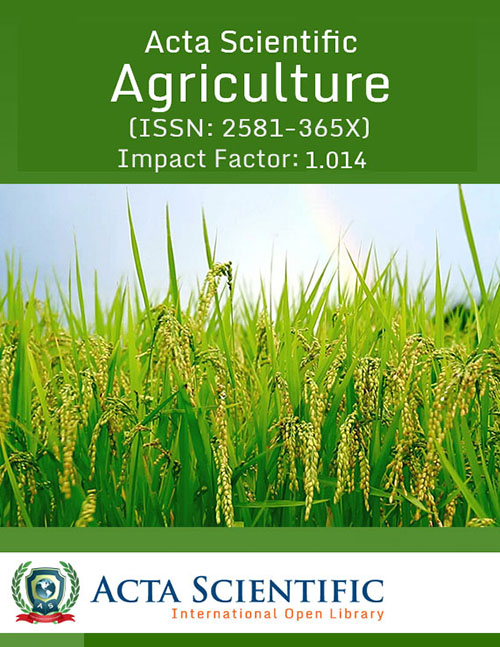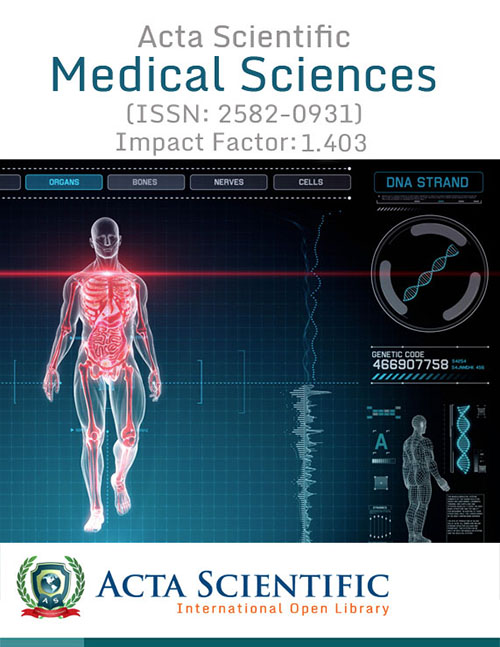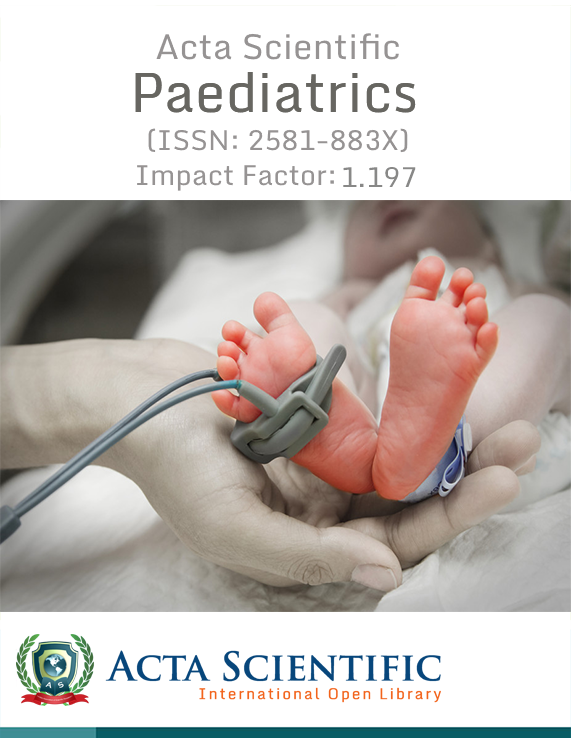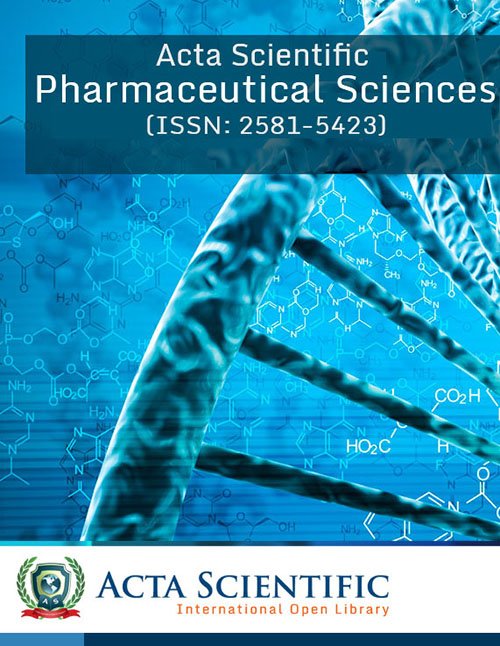Acta Scientific Ophthalmology (ASOP)
Editorial Volume 3 Issue 10
Raju Kaiti1 and Ranjila Shyangbo2
1M. Optom, Consultant Optometrist, Nepal Eye Hospital, Nepal
2Optometry Student, 3rd year, National Academy of Medical Sciences, Nepal
*Corresponding Author: Raju Kaiti, M. Optom, Consultant Optometrist, Nepal Eye Hospital, Nepal.
Received: September 01, 2020; Published: September 28, 2020
Contact lenses have been making a huge difference to the life of their wearers, providing a certain level of freedom that traditional glasses are unable to. Their existence has been a boon especially for those living with refractive or cosmetic ramifications, as sometimes with contact lens use it is impossible to judge if a person is visually impaired or has significant cosmetic concerns. Nowadays, beside their therapeutic and refractive use, contact lenses have been sought-after cosmetic enhancement of the eye. Although the use of contact lenses has been preceding ahead of other means of refractive corrections in developed countries, their use has been stigmatized and severely misunderstood in developing countries like Nepal. Could it owe to lack of knowledge on contact lenses among the patients or are we, eye care professionals, failing them due to our ineptitude to provide proper patient education on contact lenses?
References
- Fonn D. “Targeting contact lens induced dryness and discomfort: What properties will make lenses more comfortable”. Optometry and Vision Science 84 (2007): 279-285.
- Barr J. Annual report. Contact lens spectrum (2004).
- Science Daily. “Contact Lens” (2020).
- Pradhan A., et al. “Contact lens compliance among soft contact lens users”. Guoji Yanke Zazhi5 (2017): 834-840.
- Tan DTH., et al. “Medical applications of scleral contact lenses: 2. Gas-permeable scleral contact lenses”. Cornea 14 (1995): 130-137.
- Tan DTH., et al. “Medical applications of scleral contact lenses: 1.A retrospective analysis of 343 cases”. Cornea 14 (1995): 121-129.
- Pullum KW and Buckley RJ. “A study of 530 patients referred for rigid gas permeable scleral contact lens assessment”. Cornea 16 (1997): 612-622.
- Aasuri MK., et al. “Management of pediatric aphakia with Silsoft contact lenses”. CLAO Journal 25 (1999): 209-212.
- Abdalla YF., et al. “Synergeyes lenses for keratoconus”. Cornea 29 (2010): 5-8.
- Arumugam AO., et al. “PROSE for irregular corneas at a tertiary eye care center”. Eye Contact Lens 40 (2014): 71-73.
- Lee JC., et al. “Functional and visual improvement with prosthetic replacement of the ocular surface ecosystem scleral lenses for irregular corneas”. Cornea 32 (2013): 1540-1543.
- , et al. “Contact lenses in BL Nanophthalmos”. Nepalese Journal of Ophthalmology 8.16 (2016): 178-181.
- Porisch E. “Football players' contrast sensitivity comparison when wearing amber sport-tinted or clear contact lenses”. Optometry 78 (2007): 232-235.
- Dumbleton K., et al. “The TFOS International Workshop on Contact Lens Discomfort: Report of the subcommittee on epidemiology”. Investigative Ophthalmology and Visual Science 54 (2013): TFOS20-TFOS36.
- Papas E. “Corneal vascularisation and contact lenses”. Archivos de la Sociedad Espanola de Oftalmologia 81 (2006): 309-312.
- Fleiszig SMJ. “The pathogenesis of contact lens-related keratitis”. Optometry and Vision Science 83 (2006): 866-873.
- Raju K. “Contact Lens Induced Papillary Conjunctivitis- Review and A Case Report from Nepal”. Journal of Ophthalmology 1 (2019): 000172.
- Walker MK., et al. “Complications and fitting challenges associated with scleral contact lenses: A review”. Contact Lens and Anterior Eye 39 (2016): 88-96.
Citation
Citation: Raju Kaiti and Ranjila Shyangbo. “Intravitreal Versus Posterior Subtenon Triamcinolone Acetonide in Conjunction with Intravitreal Bevacizumab for Refractory Diabetic Macular Edema; A Prospective Randomized Trial”.Acta Scientific Ophthalmology 3.10 (2020): 01-03.
Copyright
Copyright: © 2020 Raju Kaiti and Ranjila Shyangbo. This is an open-access article distributed under the terms of the Creative Commons Attribution License, which permits unrestricted use, distribution, and reproduction in any medium, provided the original author and source are credited.
Journal Menu
Metrics
News and Events
- Publication Certificate
Authors will be provided with the Publication Certificate after their successful publication - Last Date for submission
Authors are requested to submit manuscripts on/before January 23, 2025, for the Second issue of 2026.


















